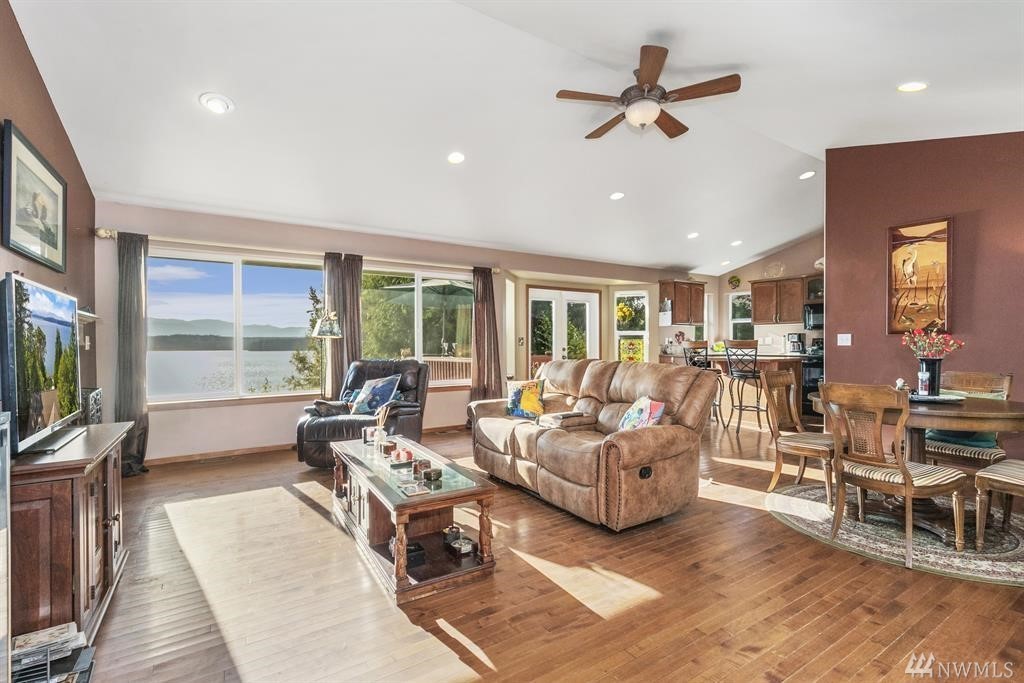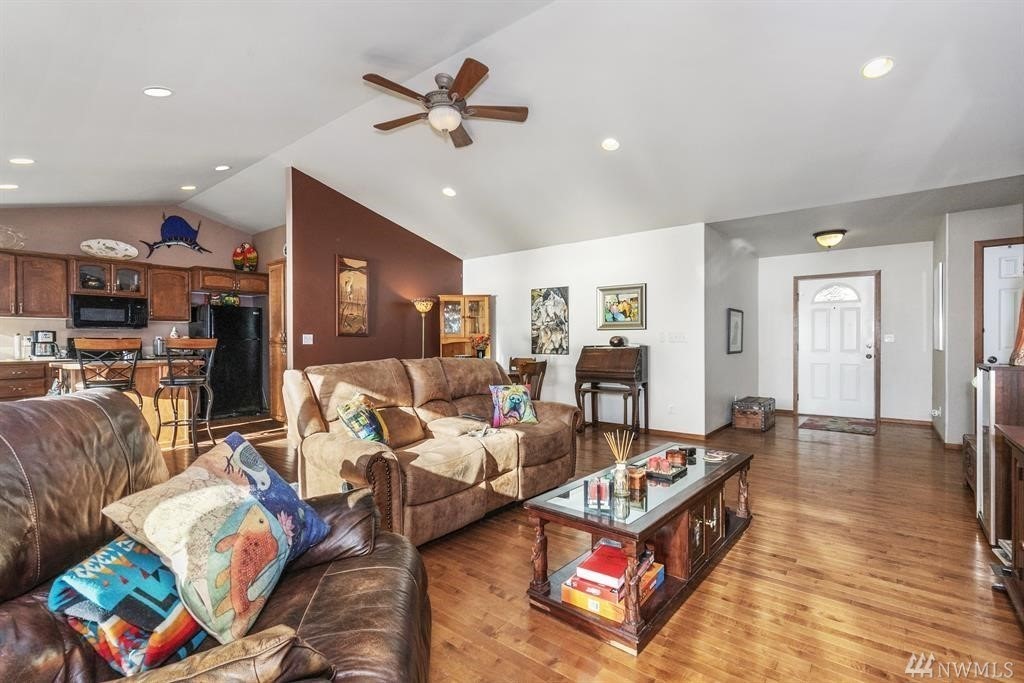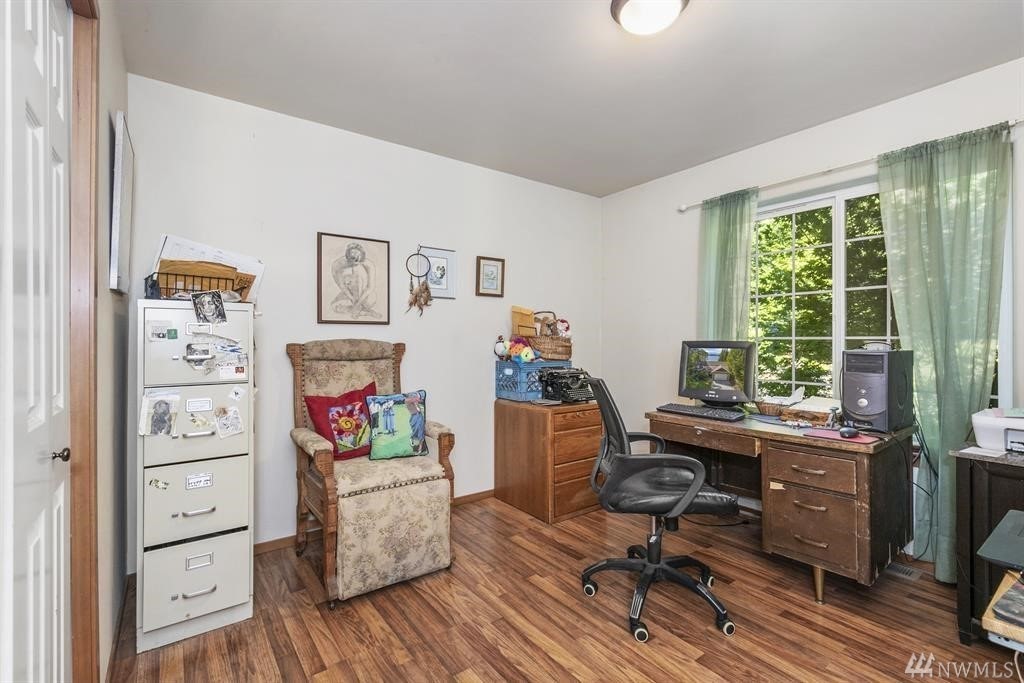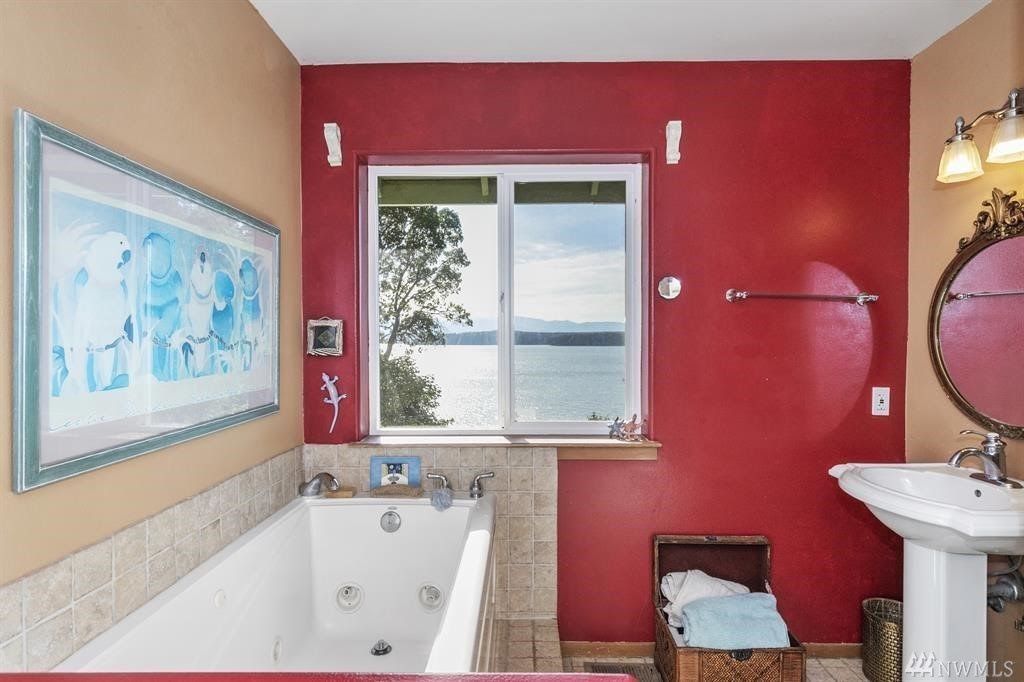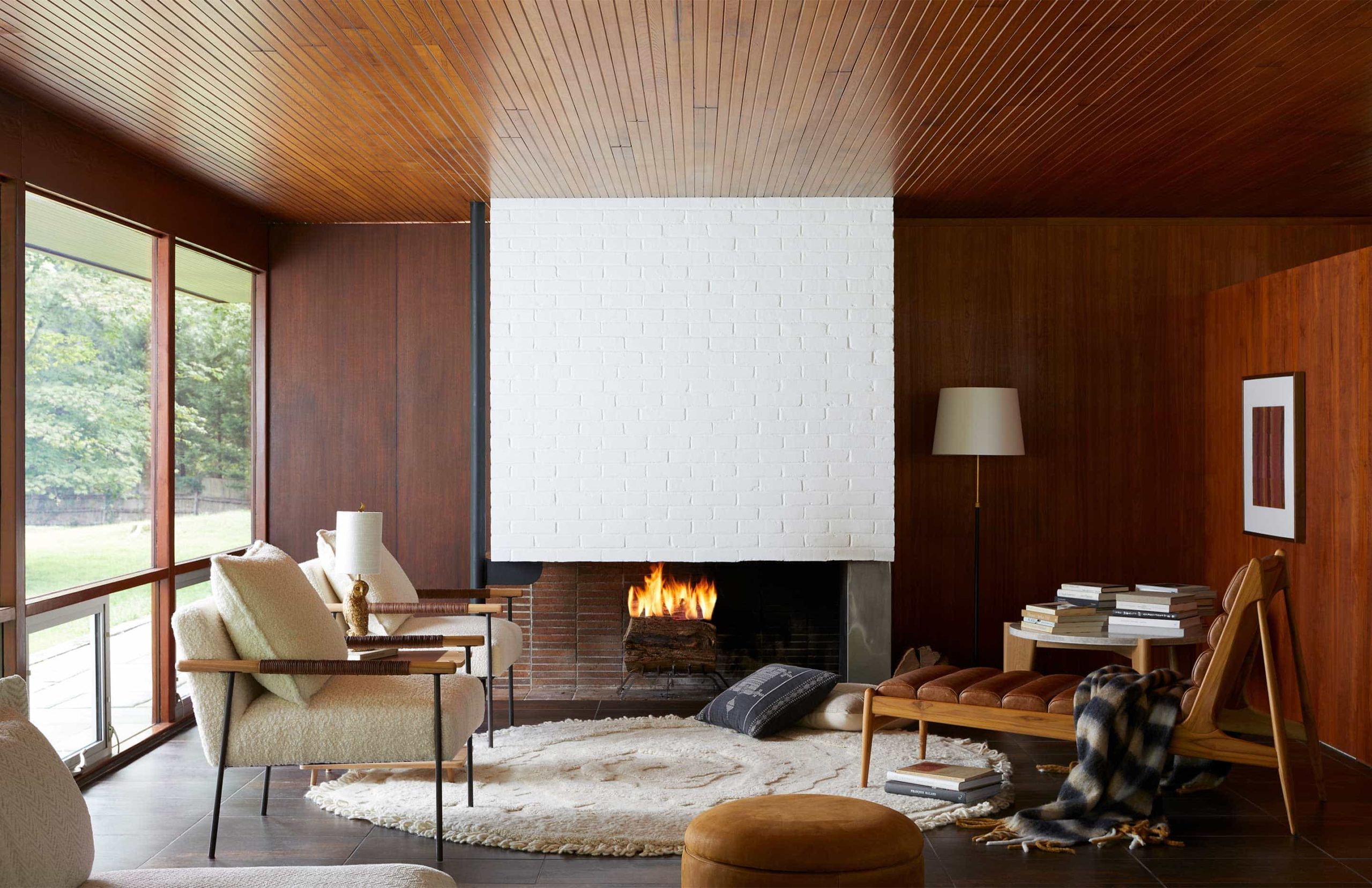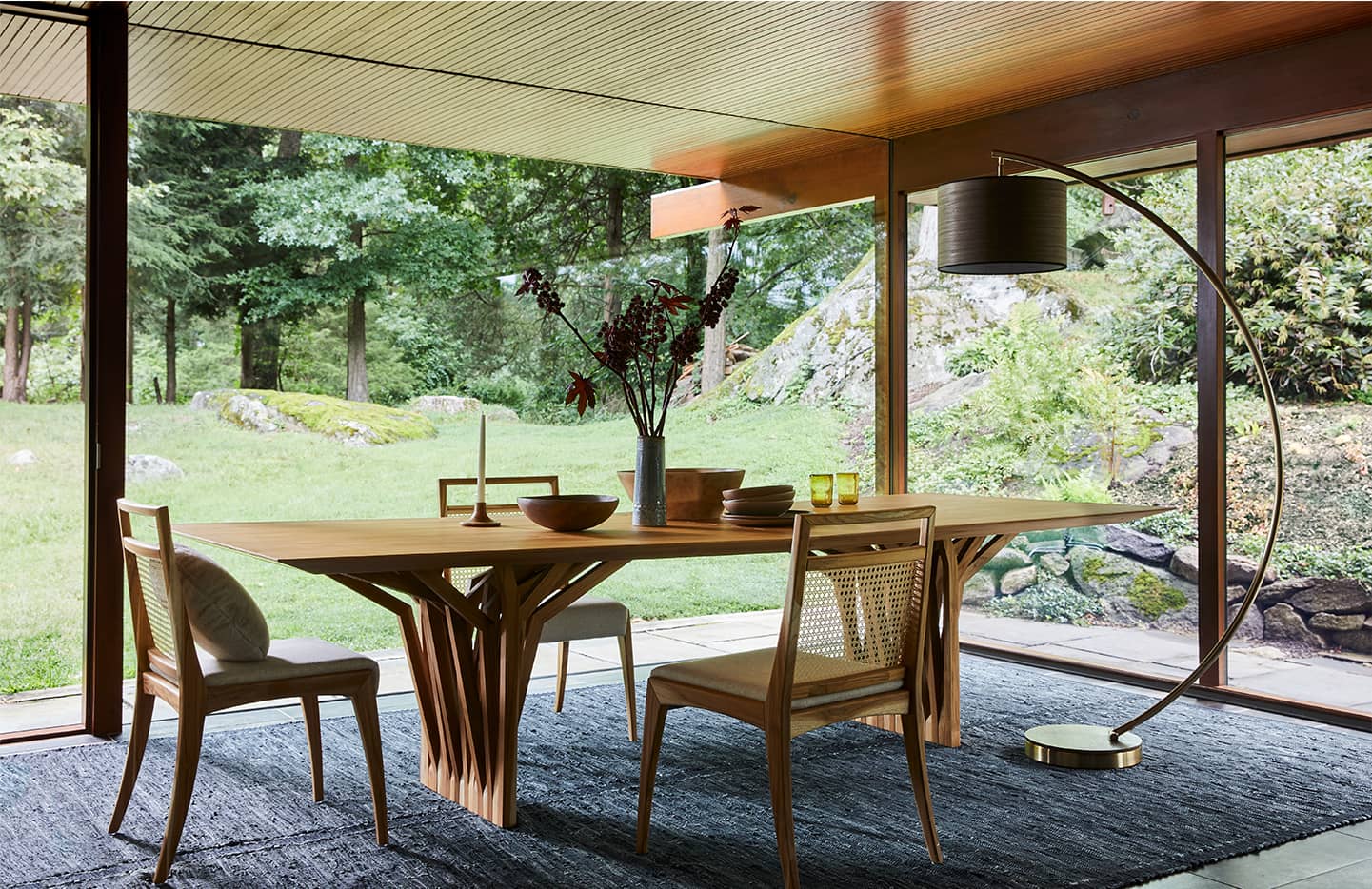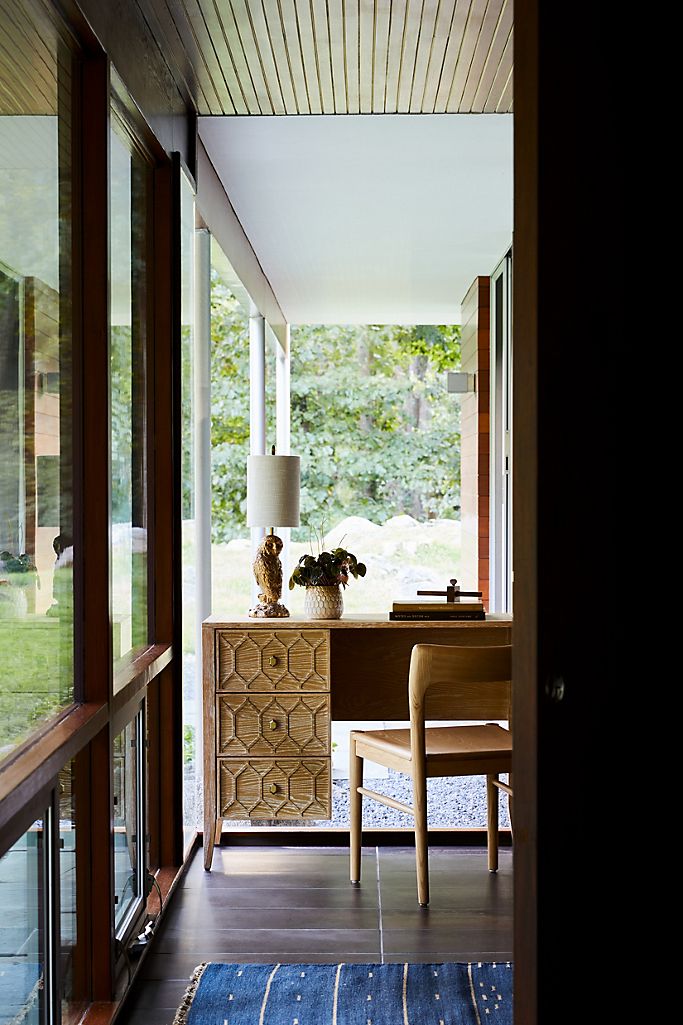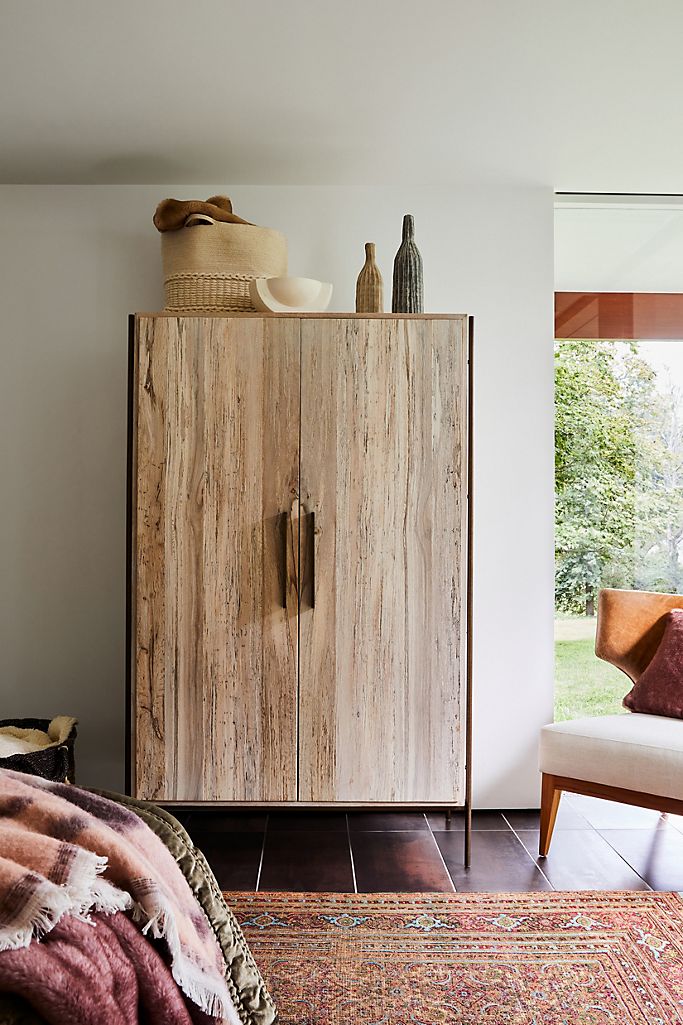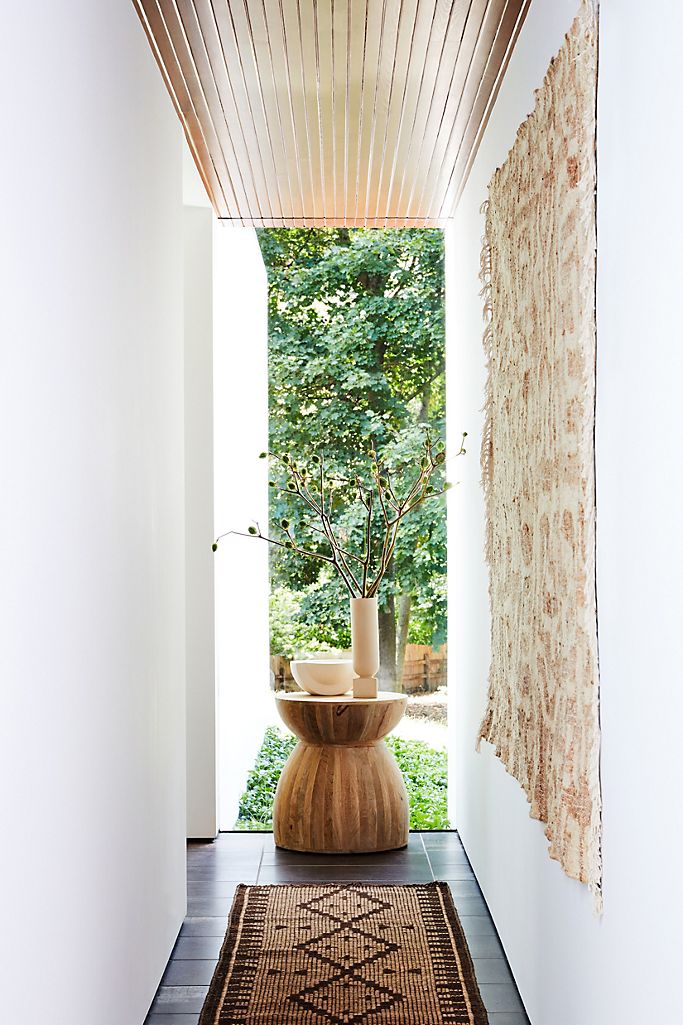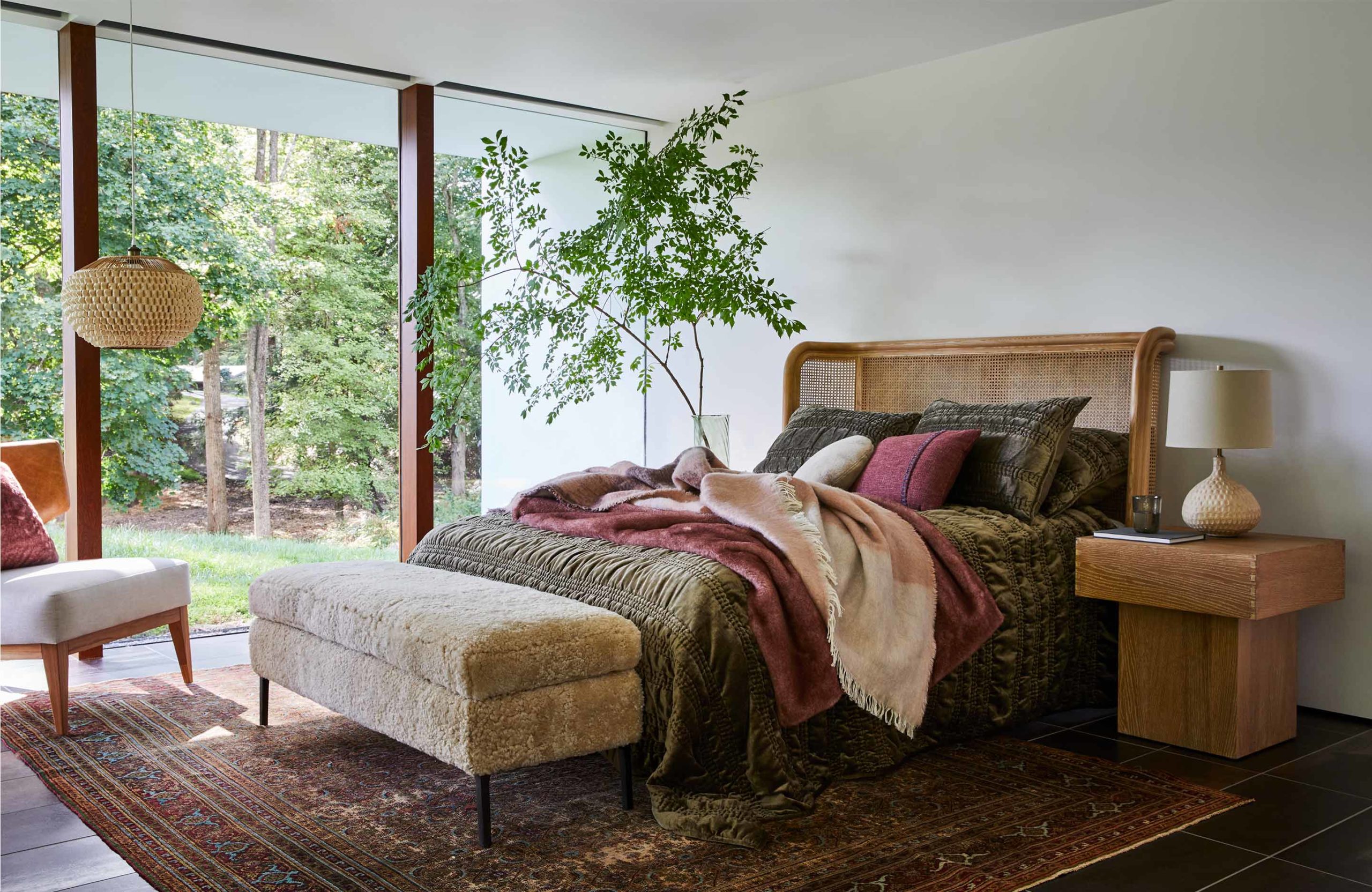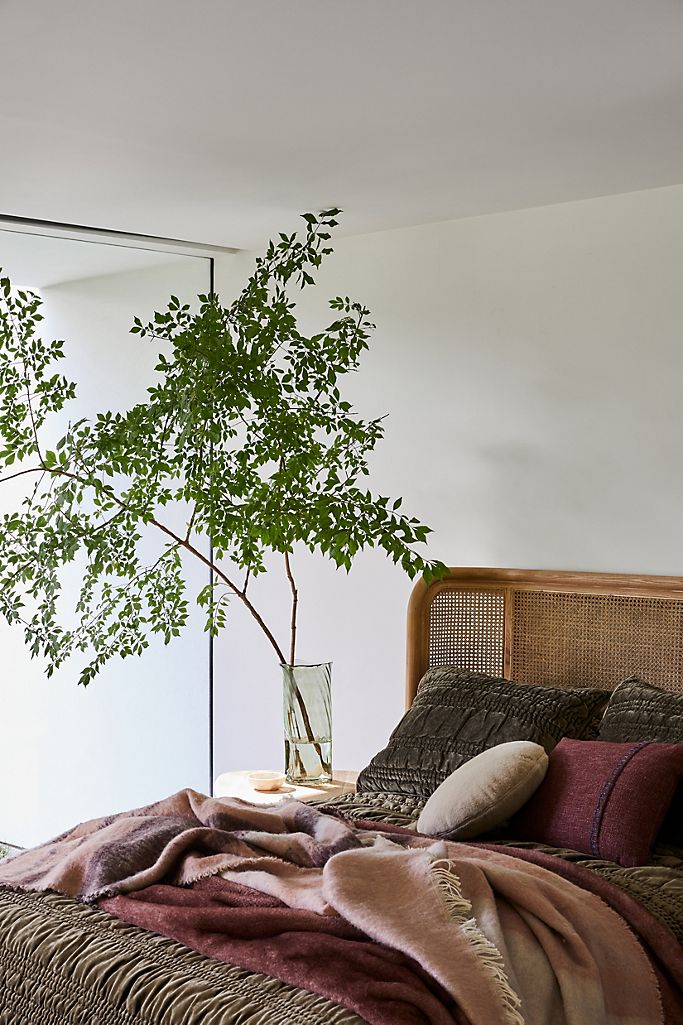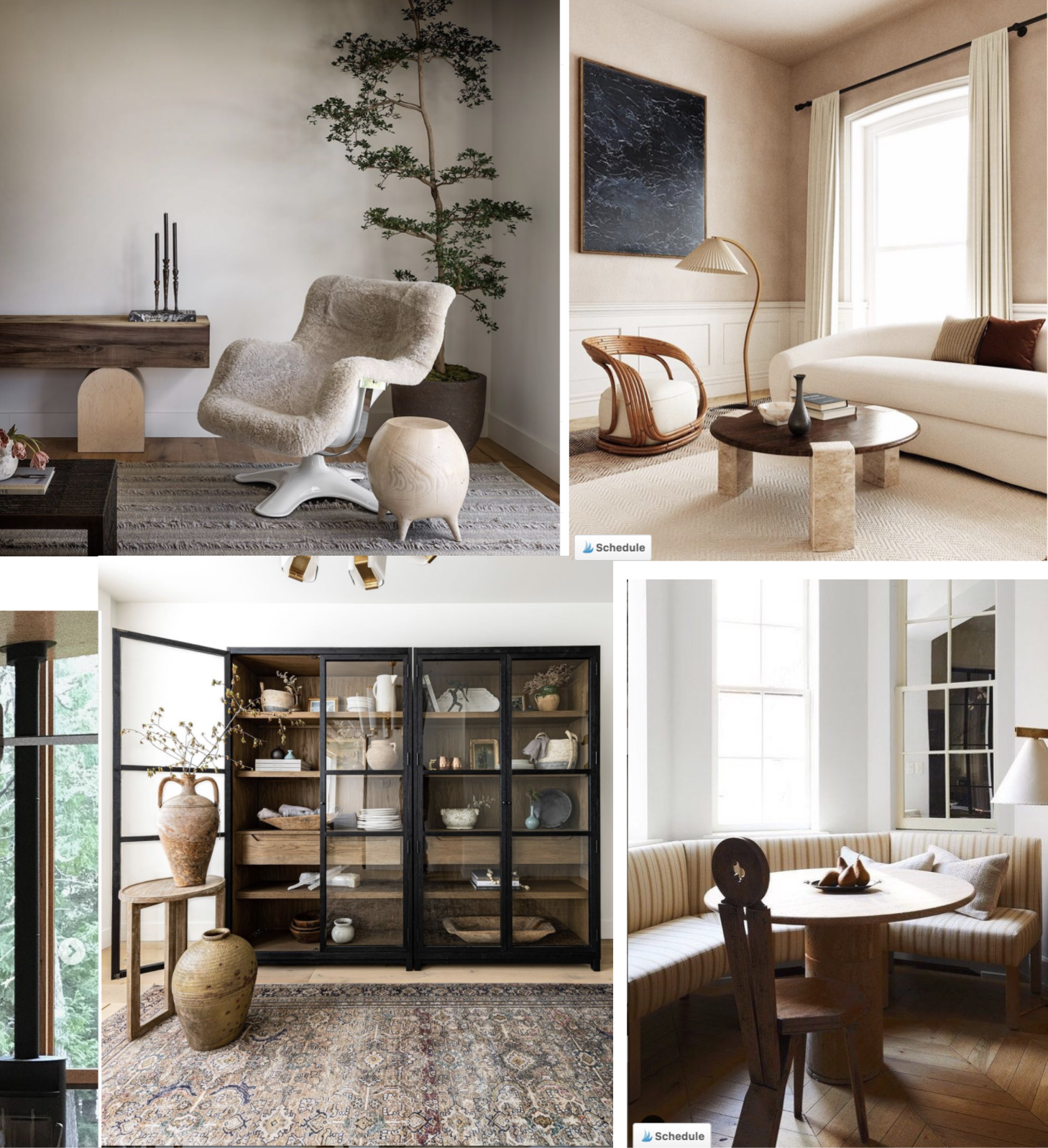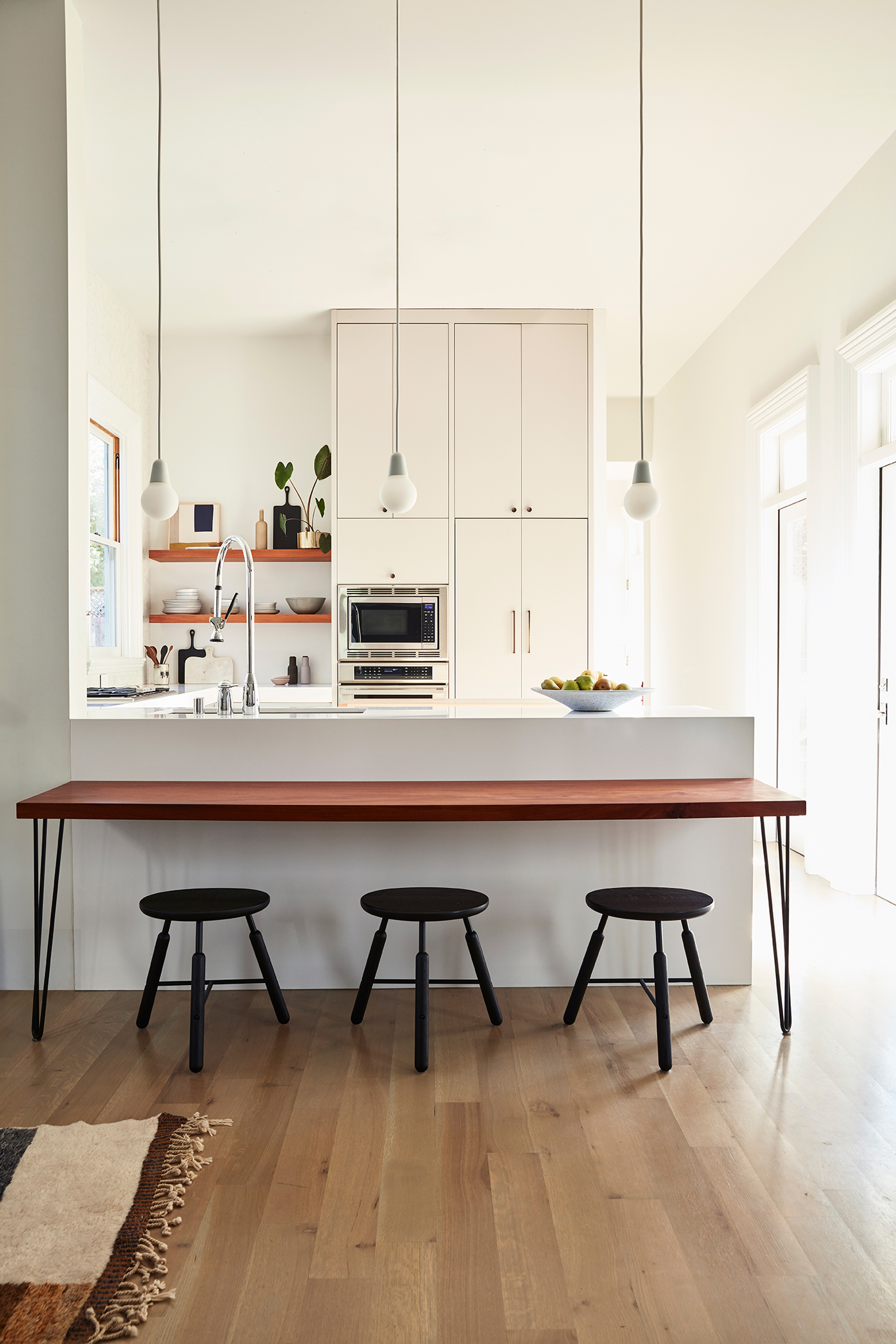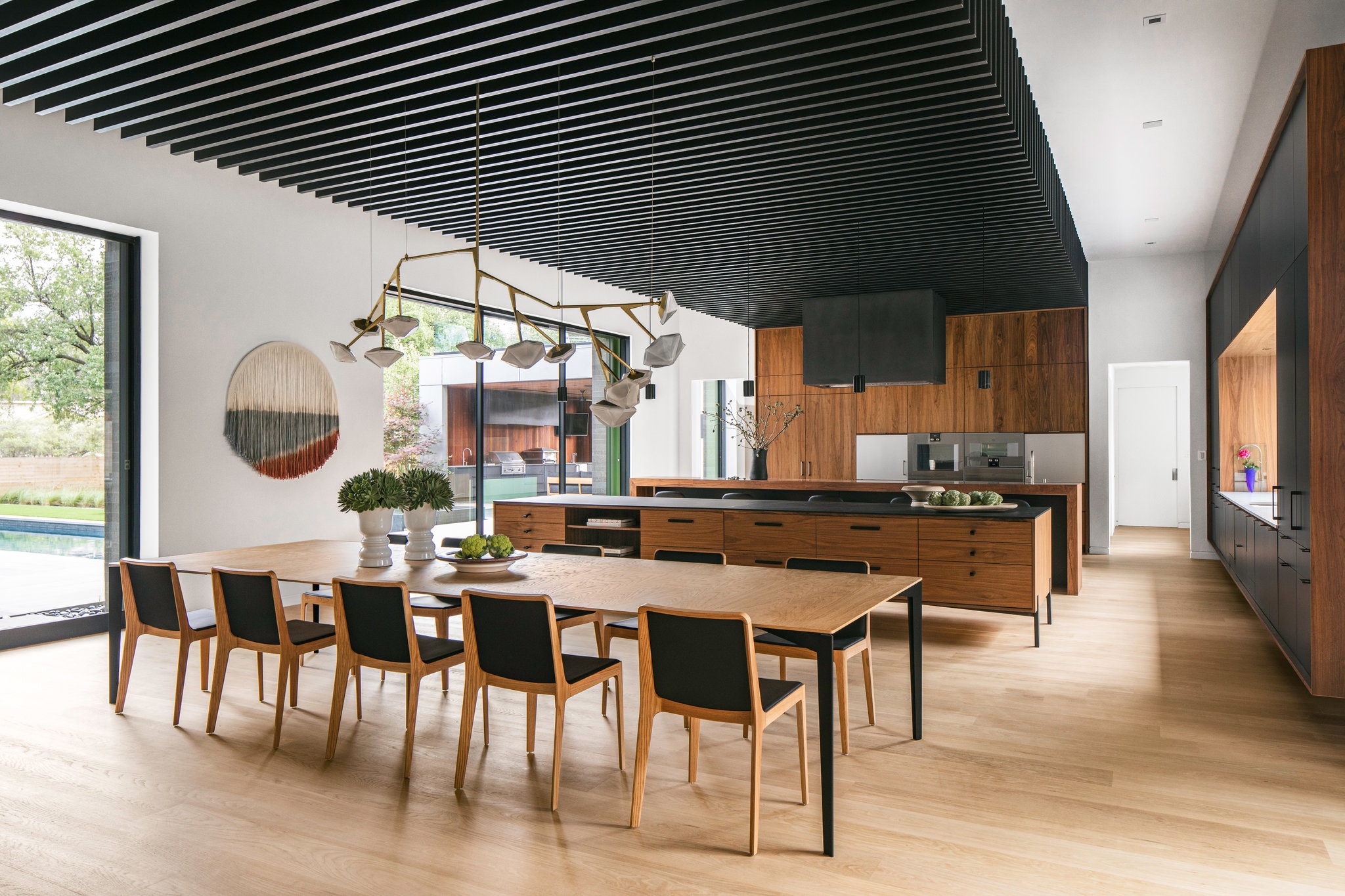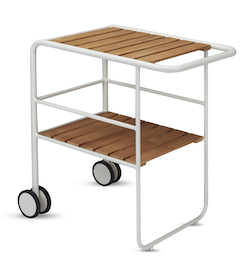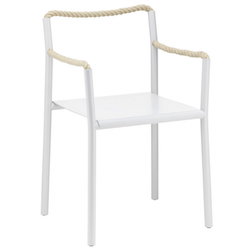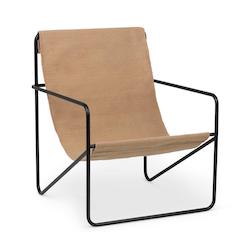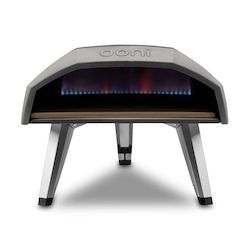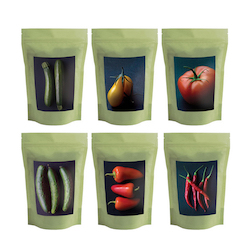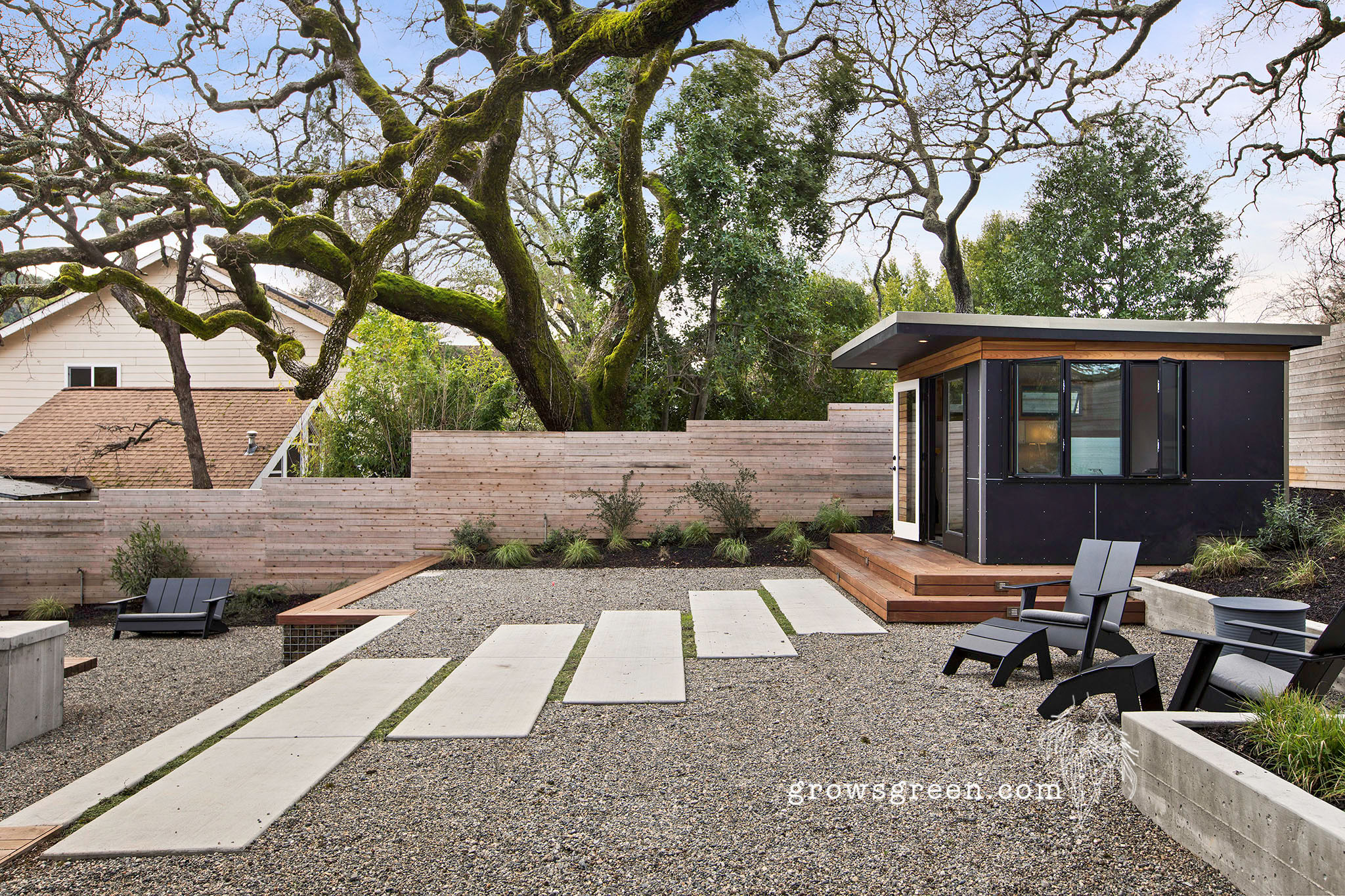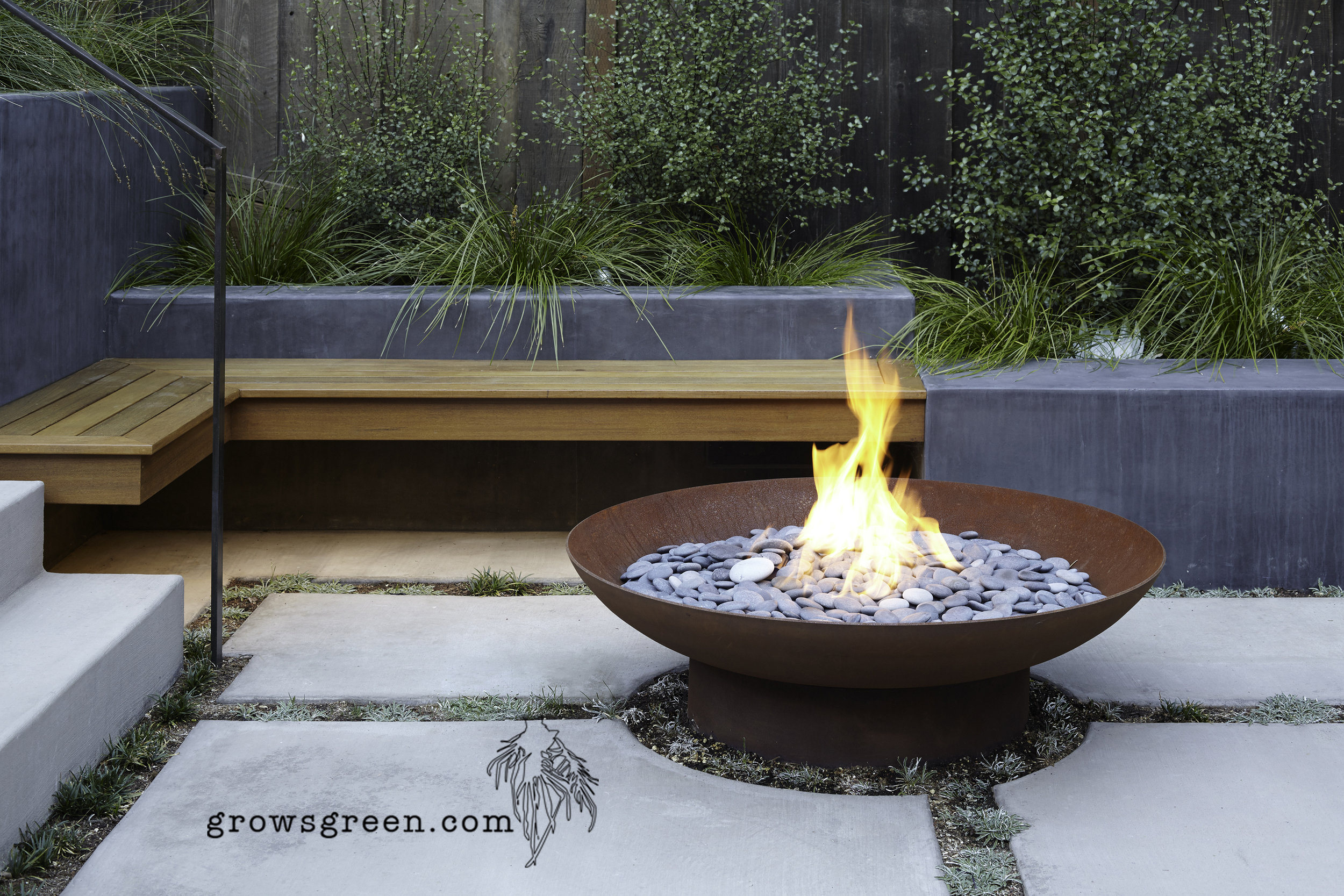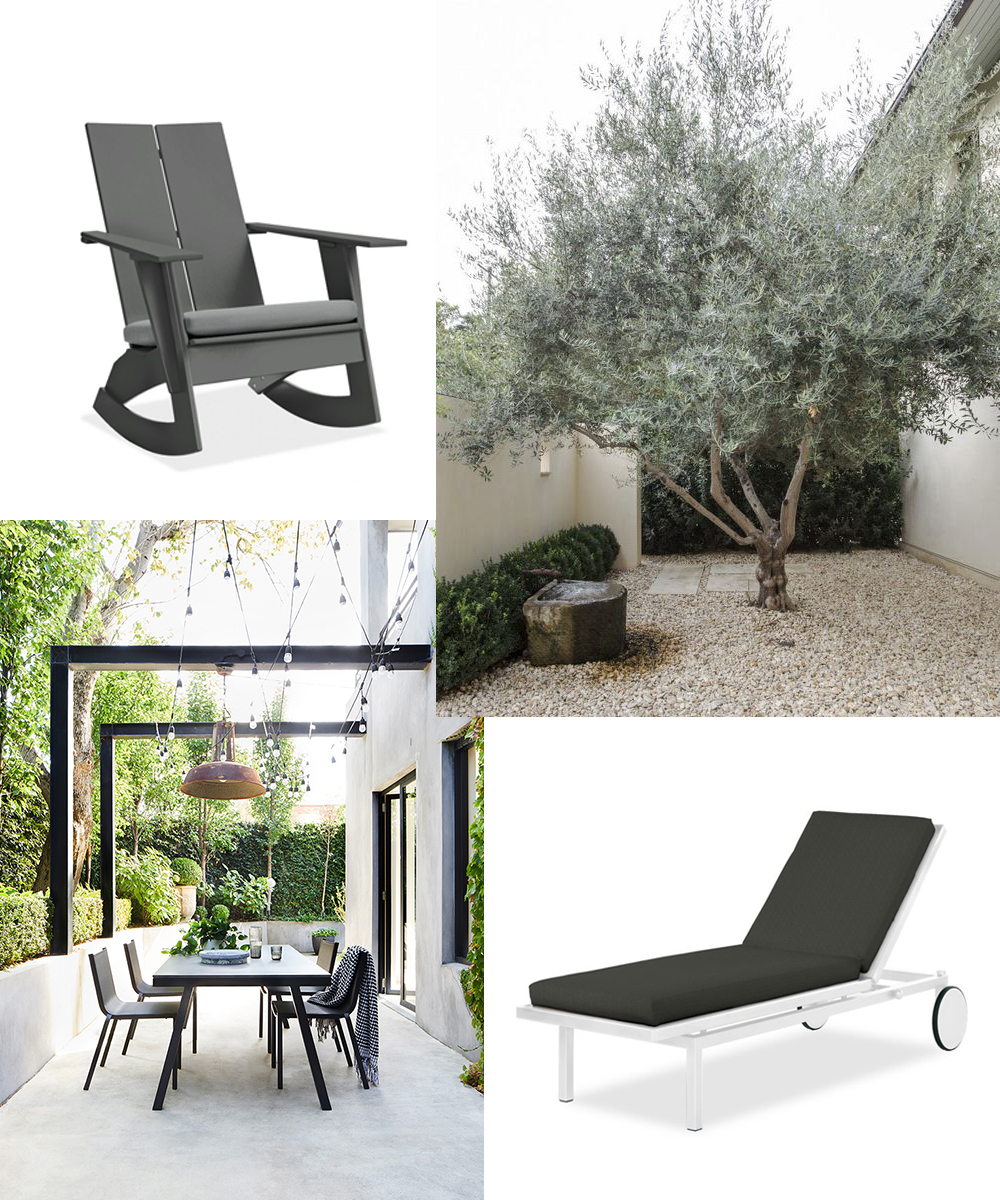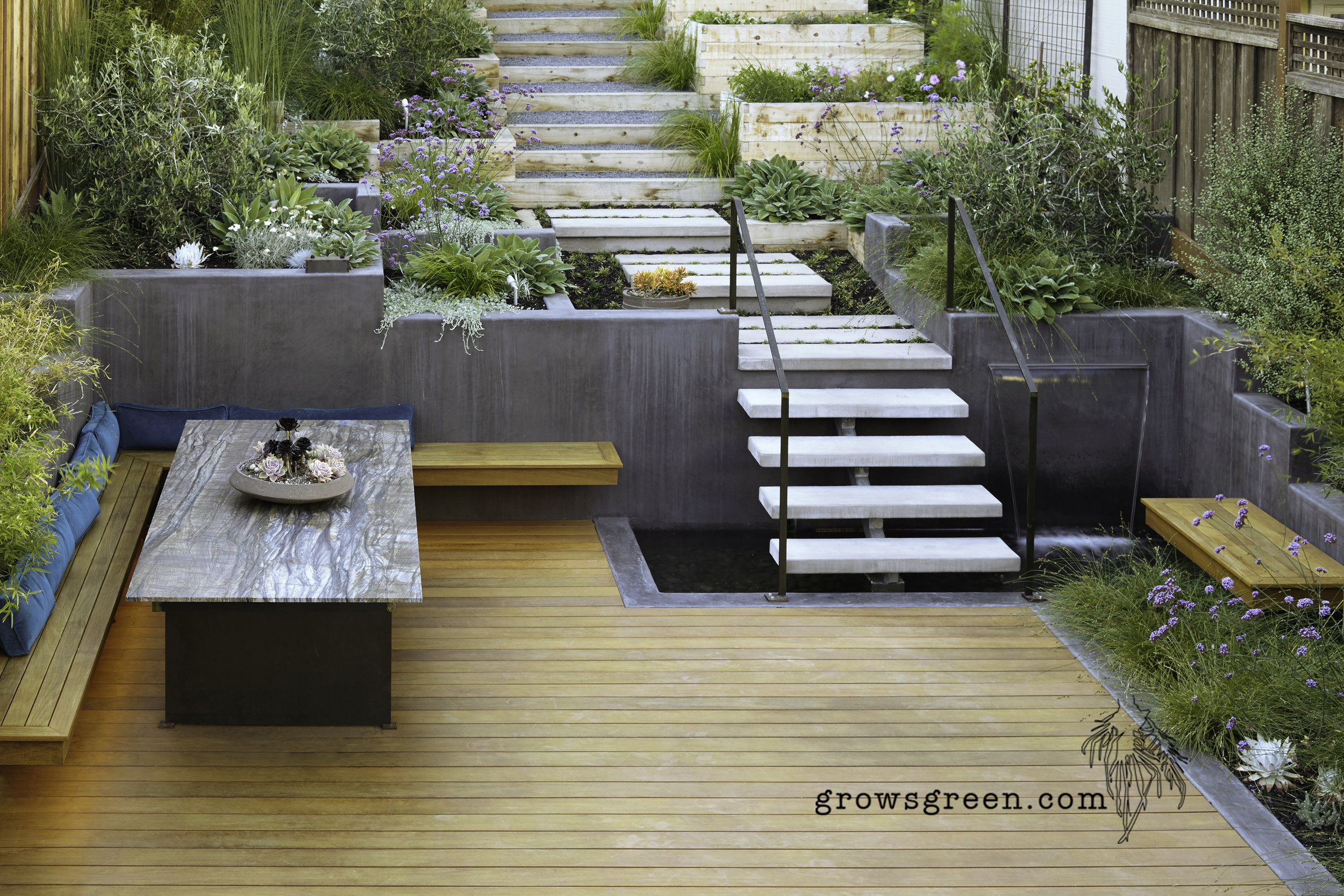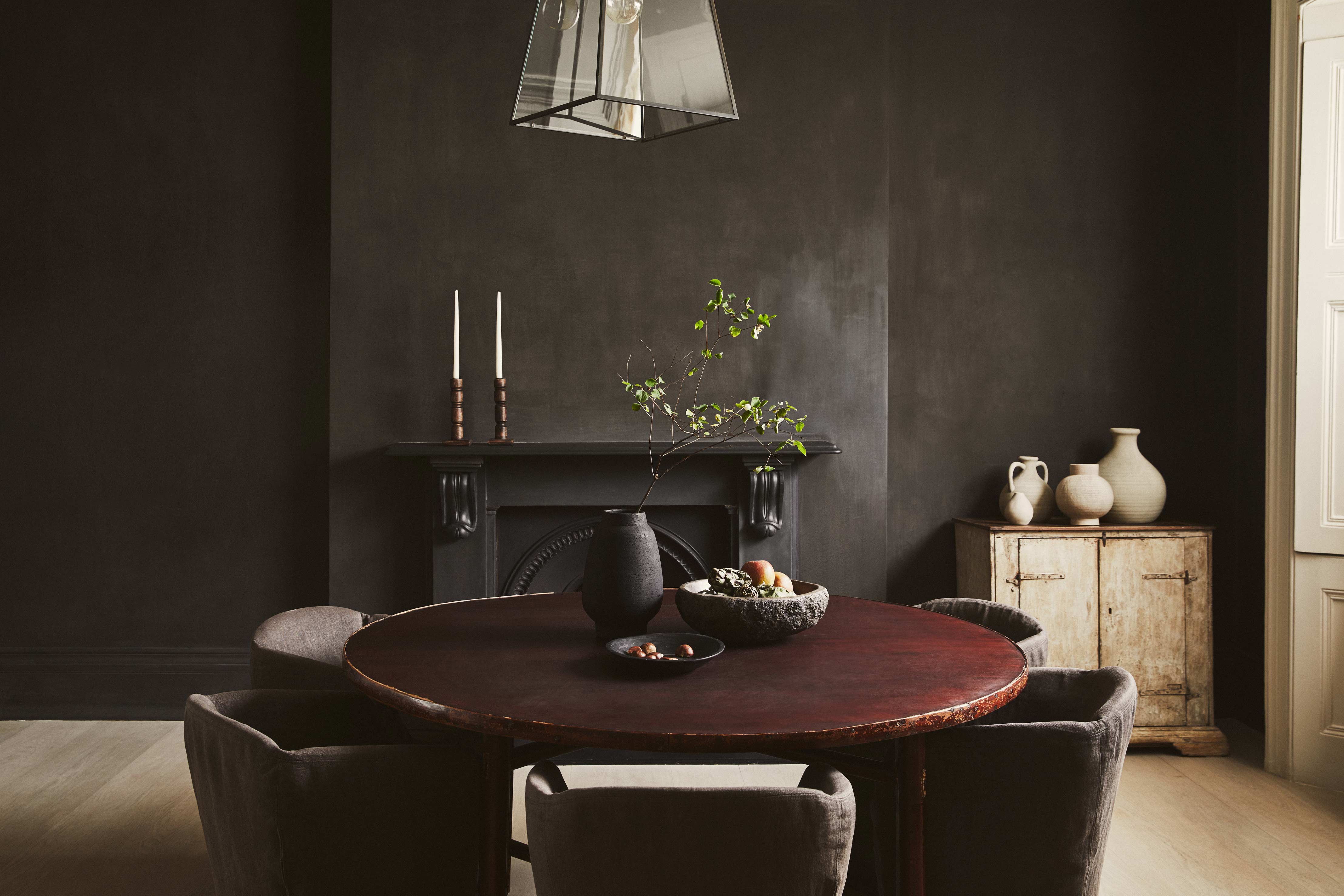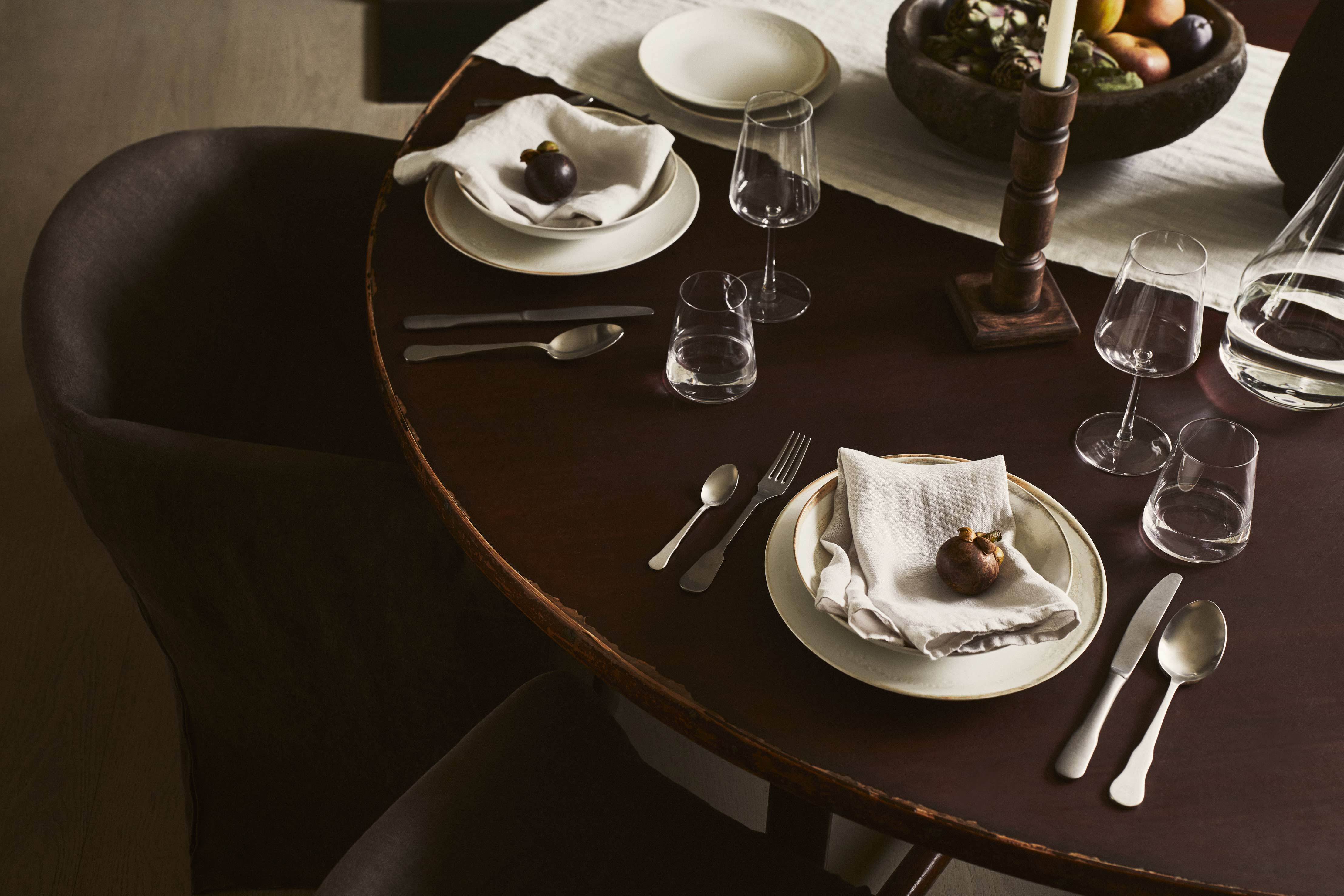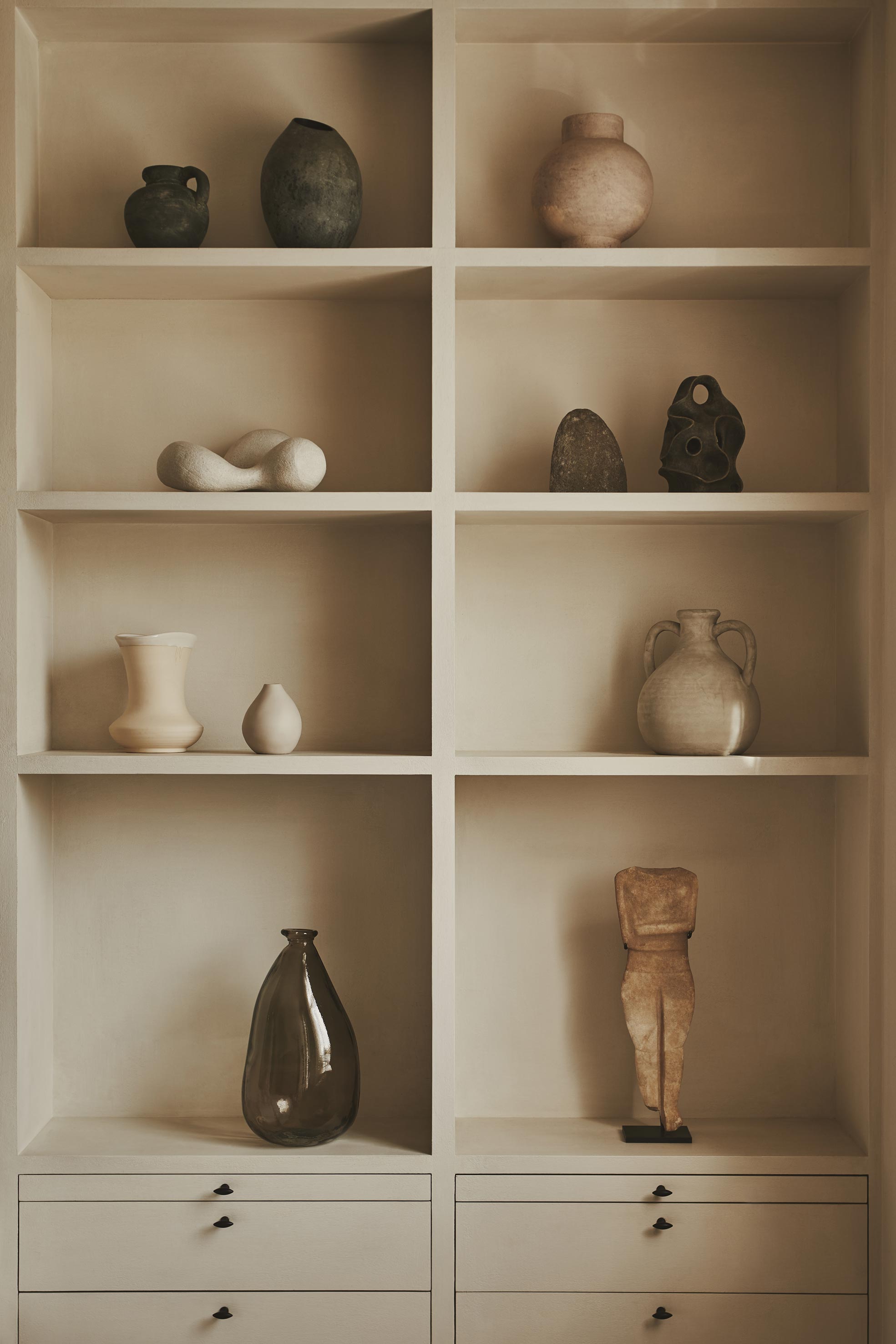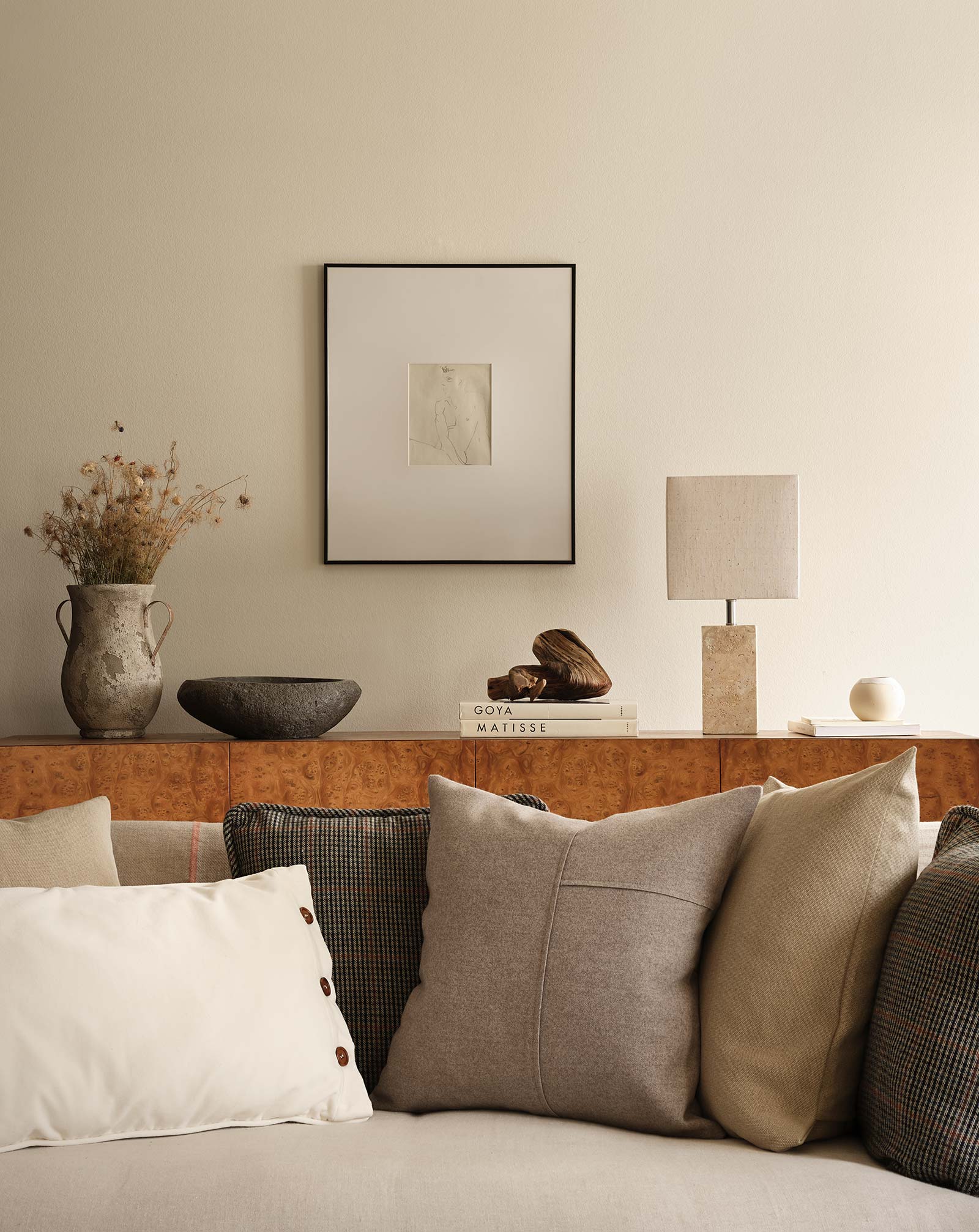It is often hard to stay inspired during this difficult time. Things can look bleak – whether you’re reading the news or braving the world outside of your home. San Francisco has lost its charm during the pandemic. Streets are deserted. Businesses are boarded up and graffitied. All the cultural vitality that draws one to a city like this is canceled. If if we wanted to go somewhere….there’s no nowhere to go.
And so we turn inward. Back towards home. If you’ve been looking to scratch a creative itch, this post is for you.

As this pandemic has continued, I’ve been sharing #StayHomeInspo on Instagram – a respite for the eyes and inspiration for design ideas and creative projects we can do in our own homes to boost our spirits. One of my primary resources of inspiration has been stylist and photographer Colin King. I discovered Colin’s work on Instagram and have been following his creative journey every since – as he styles editorials ranging from corporate clients like Zara Home, to homes that grace the cover of Architectural Digest. As part of his own #StayHomeInspo journey, Colin started his own hashtag – #StayHomeStillLife chronicling his Covid creative outlet – creating stunning still life vignettes in his Manhattan apartment during New York City’s lockdown. I looked forward to a new image from Colin every day and even though he’s back to work outside his home, I still do.
Colin was gracious enough to share some of his creative tips and tricks with Apt34 today. I hope you find his insights as inspiring as I do.
Q: How did you get started, especially doing still life work? Did you have a mentor? Study something? Or just start experimenting?
A: I’m really good at doing, and not so good at being. Out of all of the careers I’ve had, none of them afforded me the flexibility to work from home. So in an attempt to cope and self soothe, I quickly found comfort in creating still lifes at home. My apartment is small, and there are only so many combinations when it comes to rearranging furniture, so I was forced to think small. It started organically shopping at my favorite decor shop (and the only one that was open) – nature. Foraging quickly led me to taking unrelated, inanimate objects, fruit, and anything else I could find around the house; placing all of that on a clean surface and trying to find an arrangement that felt poetic. The act of creating these still lifes gave me a schedule and presented a challenging, healthy way for me to step away from my screen, disconnect from fear and worry, and just be.

Q: What would you say are the key components of a captivating still life?
A: For me there are three key components of a captivating still life.
Each still life I create, my goal is to conjure the feeling of being a tourist in someone else’s reality. I never want any of my photos to feel as though you’re on a set or that the elements were contrived specifically for the photo. For example, when I am at a museum or even in someone’s home for an editorial shoot, I am always noting the forgotten corners, the stanchions, the coat rack, the half-drawn closet curtain; these are the places where there was no thought or extra care given to the placement of things – it’s just where everything naturally fell. Every captivating image I’ve seen has this almost eerie element of a human having just been there moving about unapologetically, and what’s left is unstyled but perfectly settled. Ultimately, creating a moment that seems more unearthed than contrived.
When approaching my still life I let go of the practical, intended use of each object. To me, a vase isn’t a vase and a fork isn’t a fork – they’re just things with their own materiality and form. I love it when I see an image and don’t even realize what the objects are until examining closer. Whether it’s upside down, balancing on its side, or completely submerged in a glass of water, there is an irreverence with a nod to surrealism that I love.
Lastly, light. Finding the depth between and beyond the surface the objects are on and how they relate to each other is key. Not only do I want to feel the dimensionality of the image, I also want to use objects that absorb light, reflect light, and bend light arranging them in a poetic display to generate an unexpected conversation.
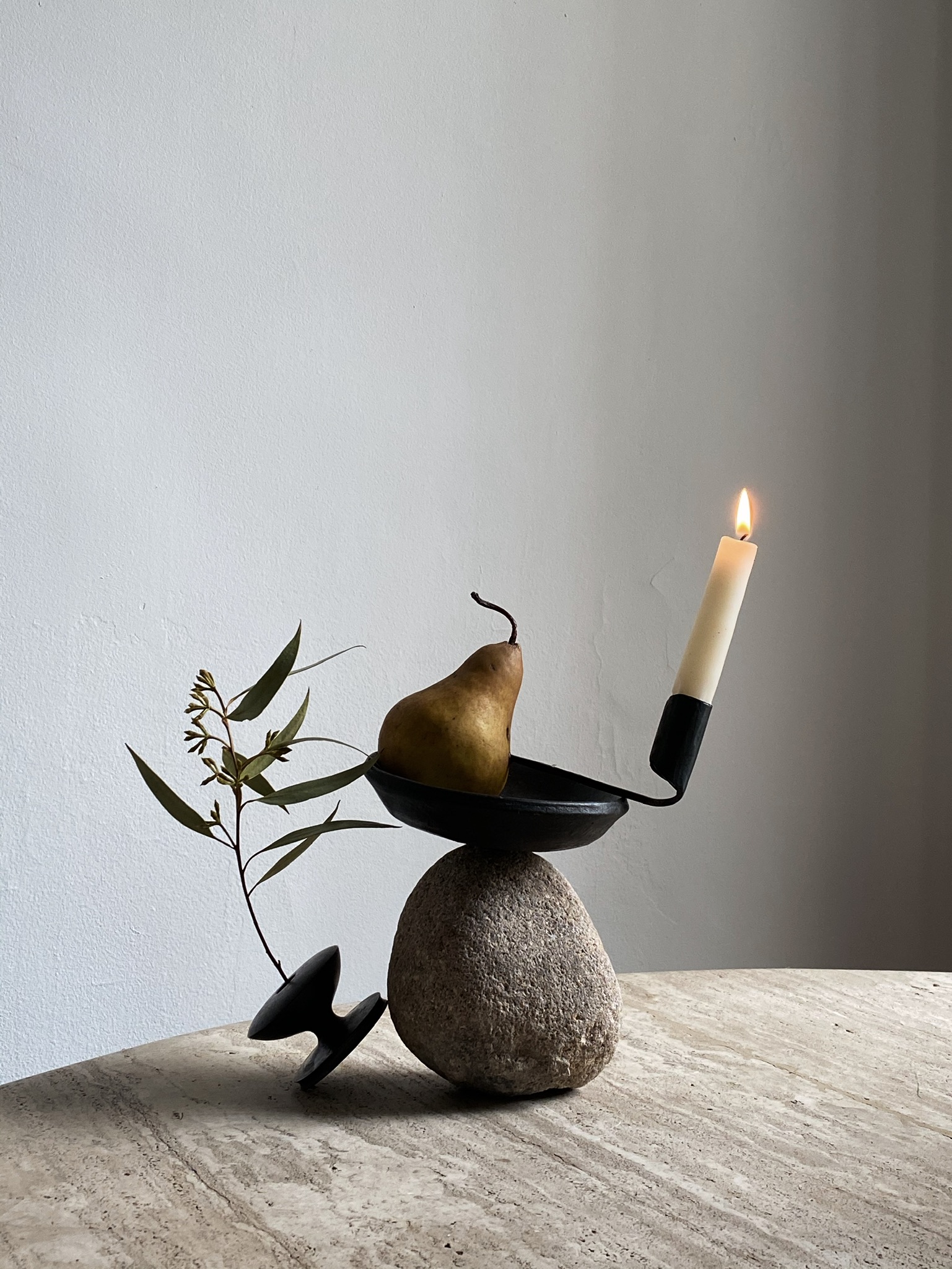
Q: Are there any tricks of the trade you regularly rely on (tools, adhesives etc)?
A: No tricks. Just patience and a good playlist. I’ve never used a tool or an adhesive, I recognize I have so much to learn but right now I am having fun shattering glasses, chipping ceramics, cursing under my breath, and the freedom that comes with not being bound by any way of doing it. And music has always been a part of my process. As a trained dancer, music brings me a sense of comfort, routine and ritual while keeping me in the present moment.
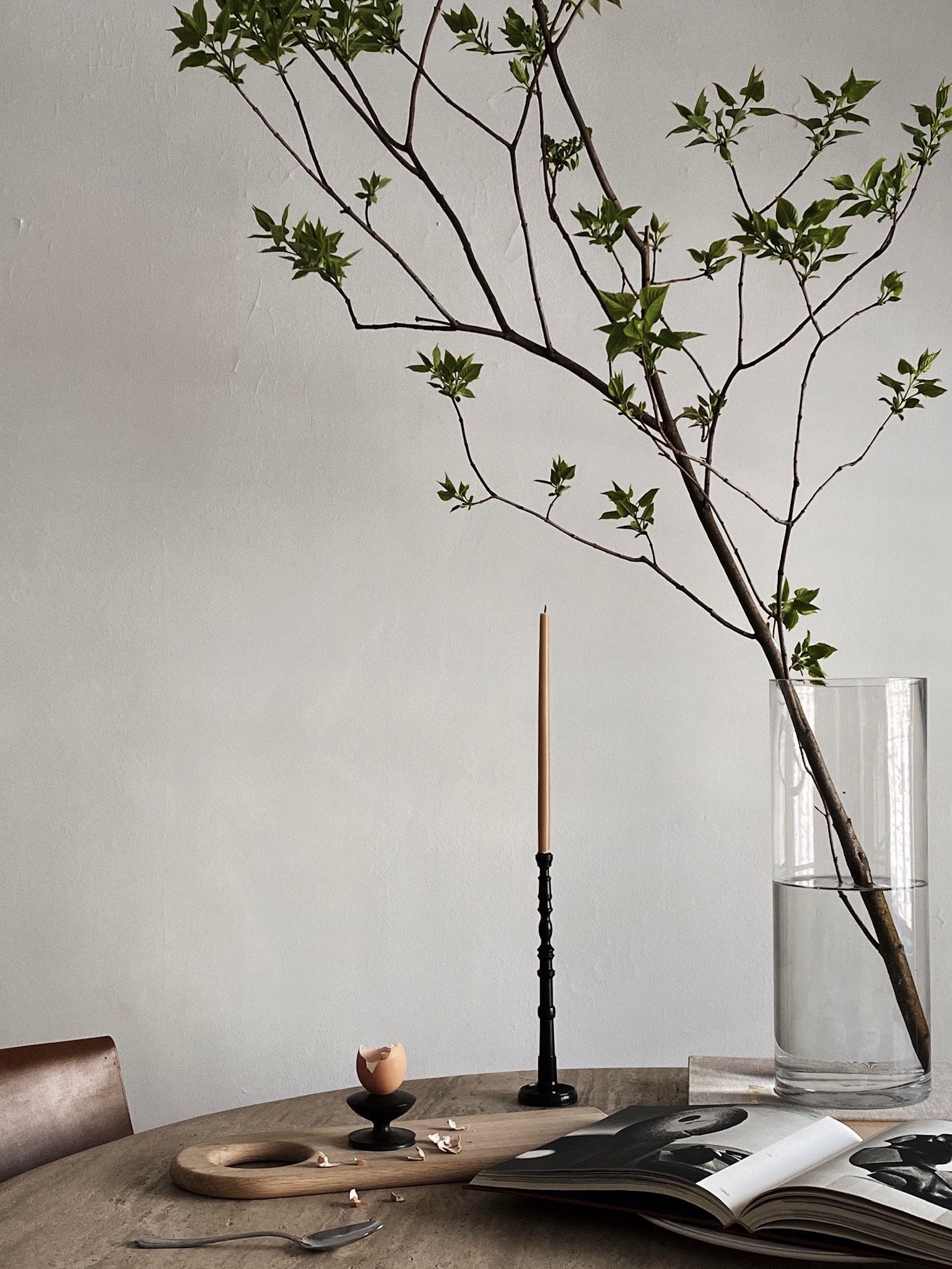

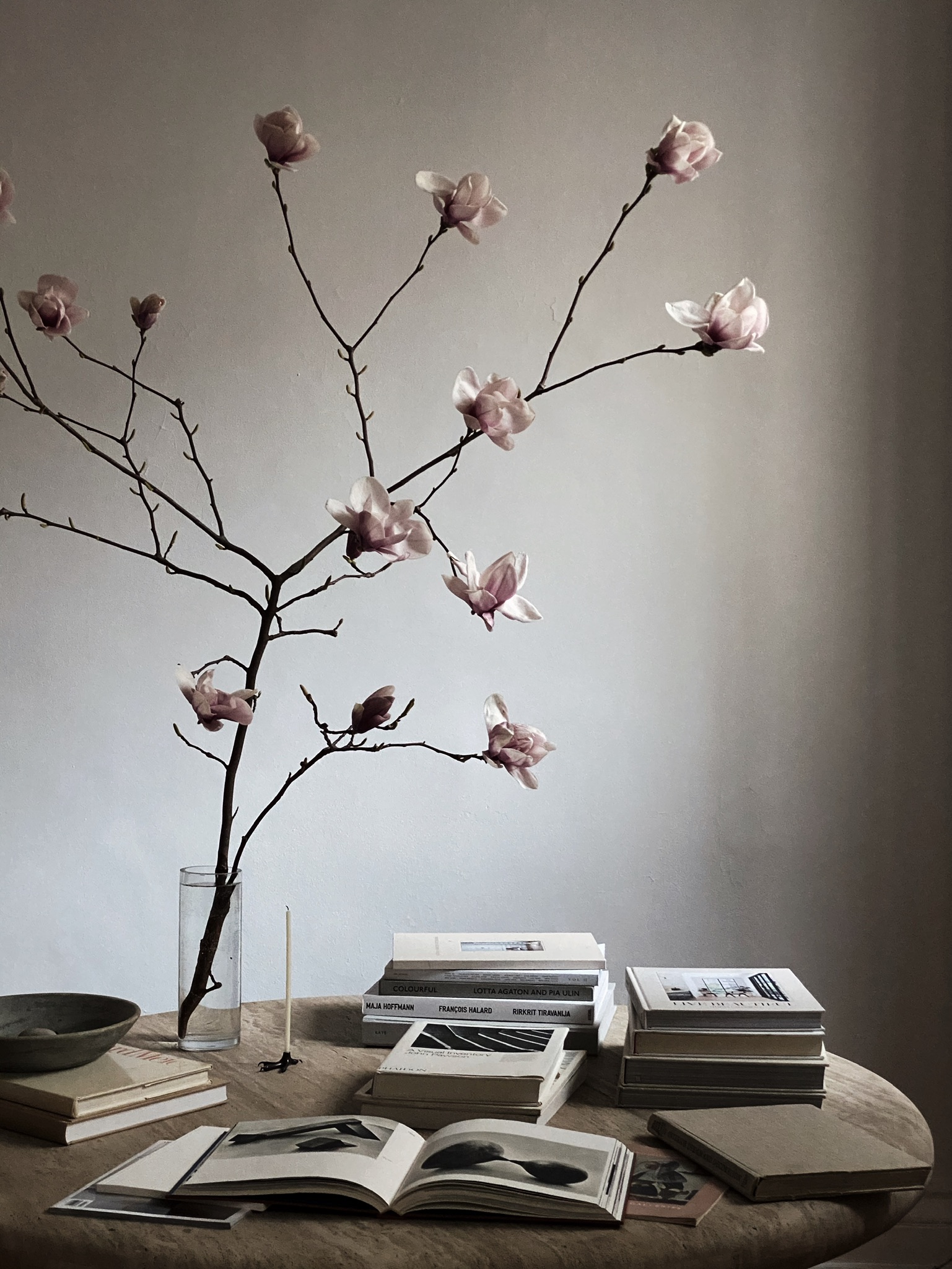
Q: Your photography is also amazing. The way you use light is incredible. Are you self taught? Do you only use your phone and if so what do you use to edit your photos?
A: Aw, thank you. I am completely self-taught and I only use my iPhone. I just looked and I have 143,885 images on my phone. For each still life I create, or any image really, I take anywhere from 20-40 images per set up. It’s practice. it’s repetition, it’s trial and error. It’s like going to the gym and working out. Taking photos is a muscle I’ve been working on since I first got a camera phone in college. I use VSCO and Snapseed to manipulate shadows, contrast, and perspective. We’re all learning from each other. I look to photographers and other creatives I admire and dissect their images, find what I like about them, and then tinker with my own.
I had to let go of the concept that there was the perfect preset or formula for any of my work. No one was going to share a map or rulebook with me, and through a lot of trial and error, I learned that I can’t think my way into being a good photographer or stylist – it’s in the action. I have to use my hands to pick up something tactile – a book to sift through or a couple of objects to arrange. From there I just play, sometimes it’s there and sometimes, I walk away. I get myself into trouble when I wait for inspiration to hit, I have to get up and find it.

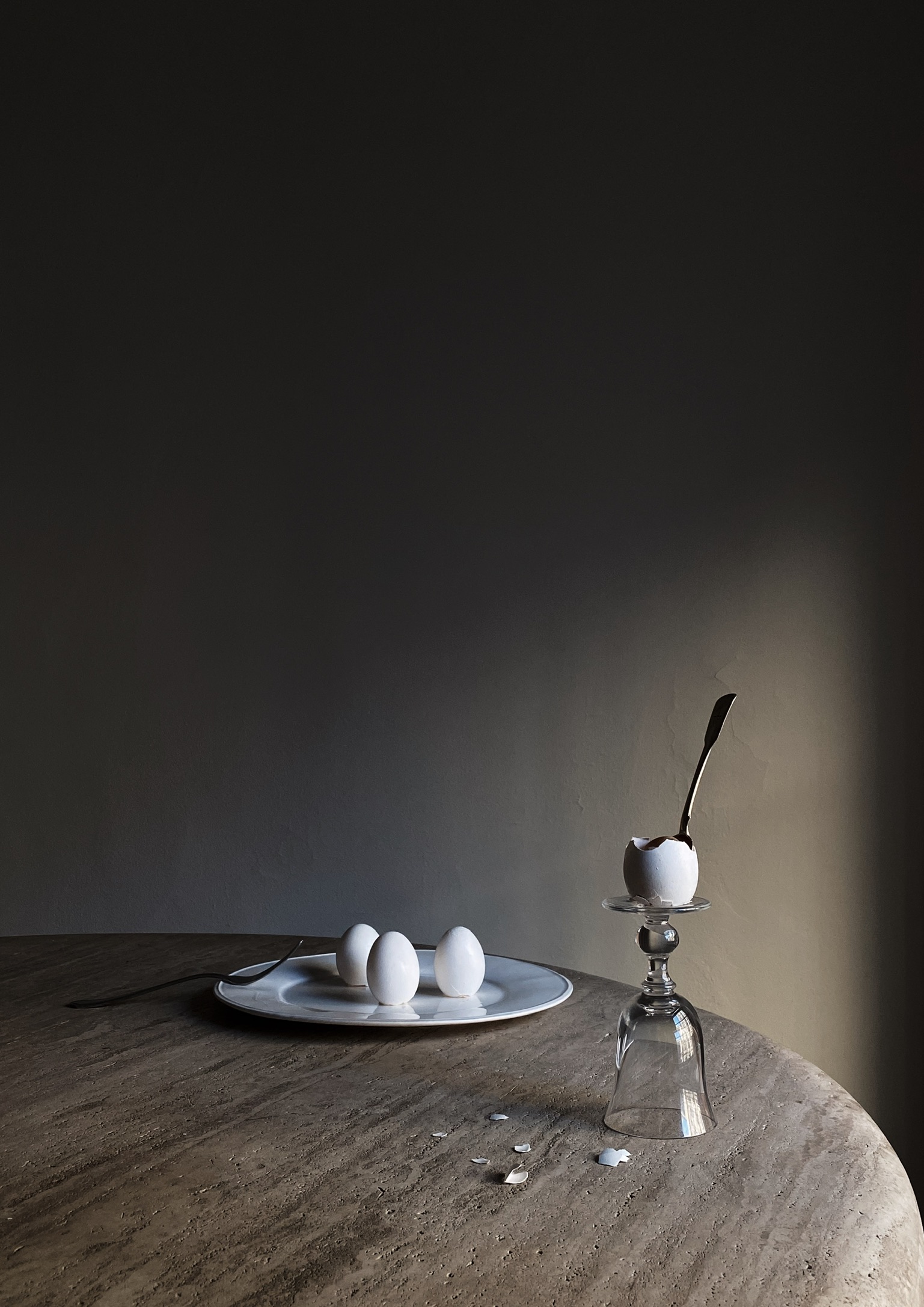

Q:You have a very distinct look. I can recognize your work a mile away. How did you go about cultivating that?
A: Intuition has always been my leader in life. I didn’t know I was cultivating a look – I just kept taking photos of what I liked and using the limited resources I had. Although the aesthetic strands running through my work are pretty consistent, the influences feeding into the design process are typically eclectic and even the most unlikely of subjects can provide food for thought. Simplicity and finding beauty in the mundane interested me. At first, my minimal sensibility came from not having a large portfolio or a lot of pieces to work with. And ultimately, I’ve always admired the edited life – less color, less clutter, and fewer things sustained by purposeful restraint.
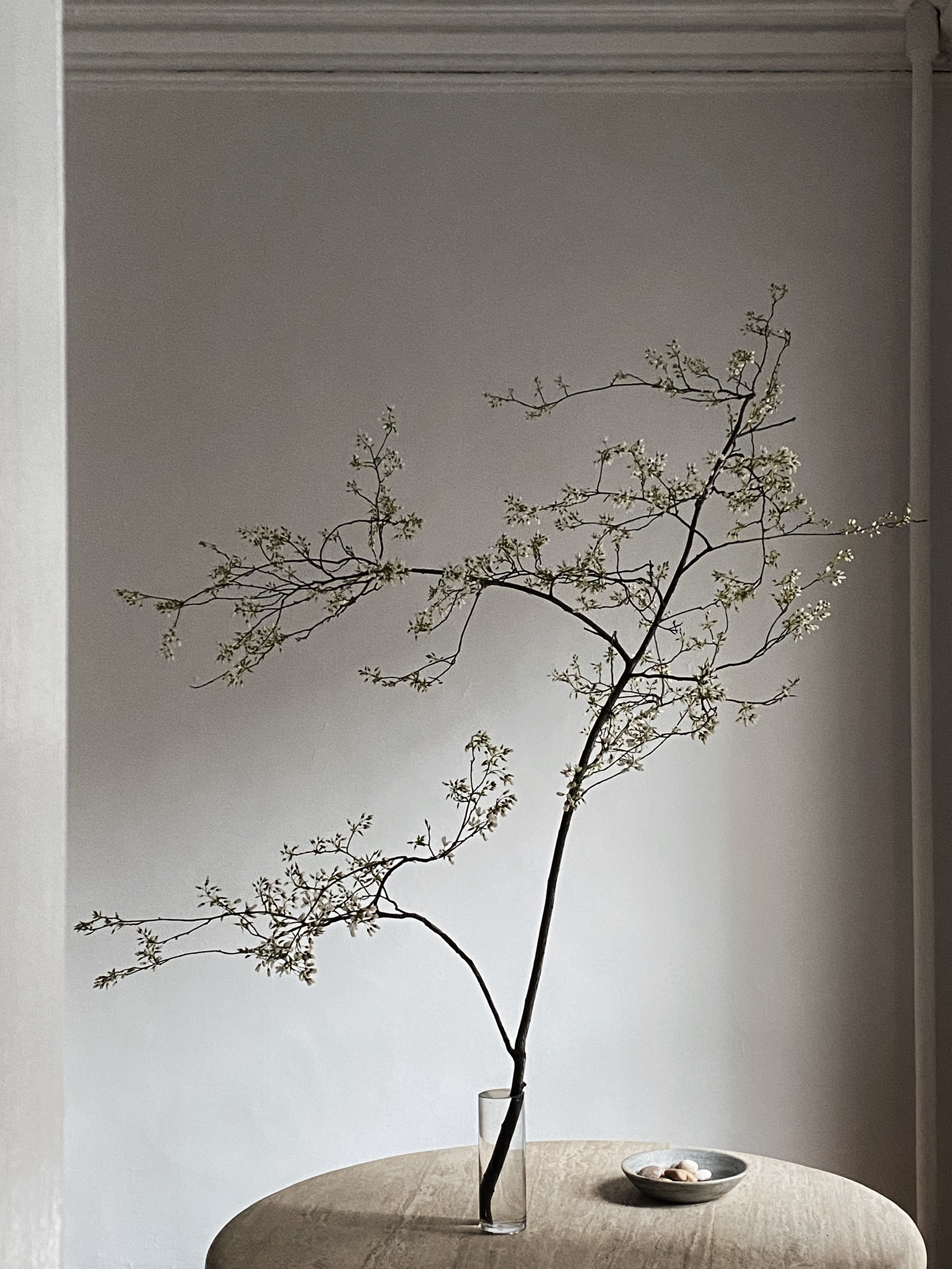


Q: Where do you turn for creative inspiration?
A: I draw my inspiration from other people. I’ve learned to surround myself with people who have something that I want; and challenge me to be more honest, take more risks, and ultimately how to not fear failure. I am energized and encouraged by other people’s victories; the immense joy I get from watching peers succeed gives me hope that I too, can achieve anything I put my mind to.
I am also very inspired by nature – I am in constant awe of what it produces. Nature has a way of humbling me and is a great reminder to abandon the idea of perfect – nothing about nature is linear or symmetrical and nothing is immune to decay.

Q: What about your work brings you joy?
A: I get to tell stories for a living and that’s all I’ve ever wanted to do. I get to connect with people and help create a context for the intimate rituals of peoples’ lives. And I also get to surrender to the subjectivity of what I do and knowing that the narrative I’ve created will be interpreted differently by each viewer – it challenges me to be vulnerable in a way – it’s all part of being a creative – and I feel grateful to be able to make a living by being creative.
Also, objects that have been given to me or are inherited from a shoot or trip, bring me joy. The handmade pieces in my place, knowing the story and process of the artist brings me joy as well. Ultimately, the smallest object can embody an entire relationship or single experience; they’re tied integrally to memories and can shape the identity of the room.
Q: Your career has been taking off of late. Where do you hope to be in five years?
A: This time has presented irrefutable evidence that I don’t have the power to know where I will be in 5 years. Doing the best at this moment puts me in the best place for the next moment. The saying Time takes time has always been a hard pill for me to swallow, I spent so much of my life wanting to be the fastest, youngest, and the best at everything I did but these unrealistic expectations only brought me pain. Pain is inevitable, suffering is optional. Surrendering to the idea that I am exactly where I am supposed to be, going through exactly what I need to be going through, AND being content with that is where I hope to be in 5 years. I am learning that the most important relationship I have is with myself. When that relationship is strong I am a better son, brother, friend, employee and partner.
Colin you are wise beyond your years and talented beyond belief. Thanks to you I’m going to continue to try to improve my foraging skills! f you find Colin as truly inspirational as I do, I hope you’ll give him a follow on Instagram.
What are you doing to stay inspired during this weird time??
For more Stay Home Inspiration, CLICK HERE.
images courtesy of Colin King
